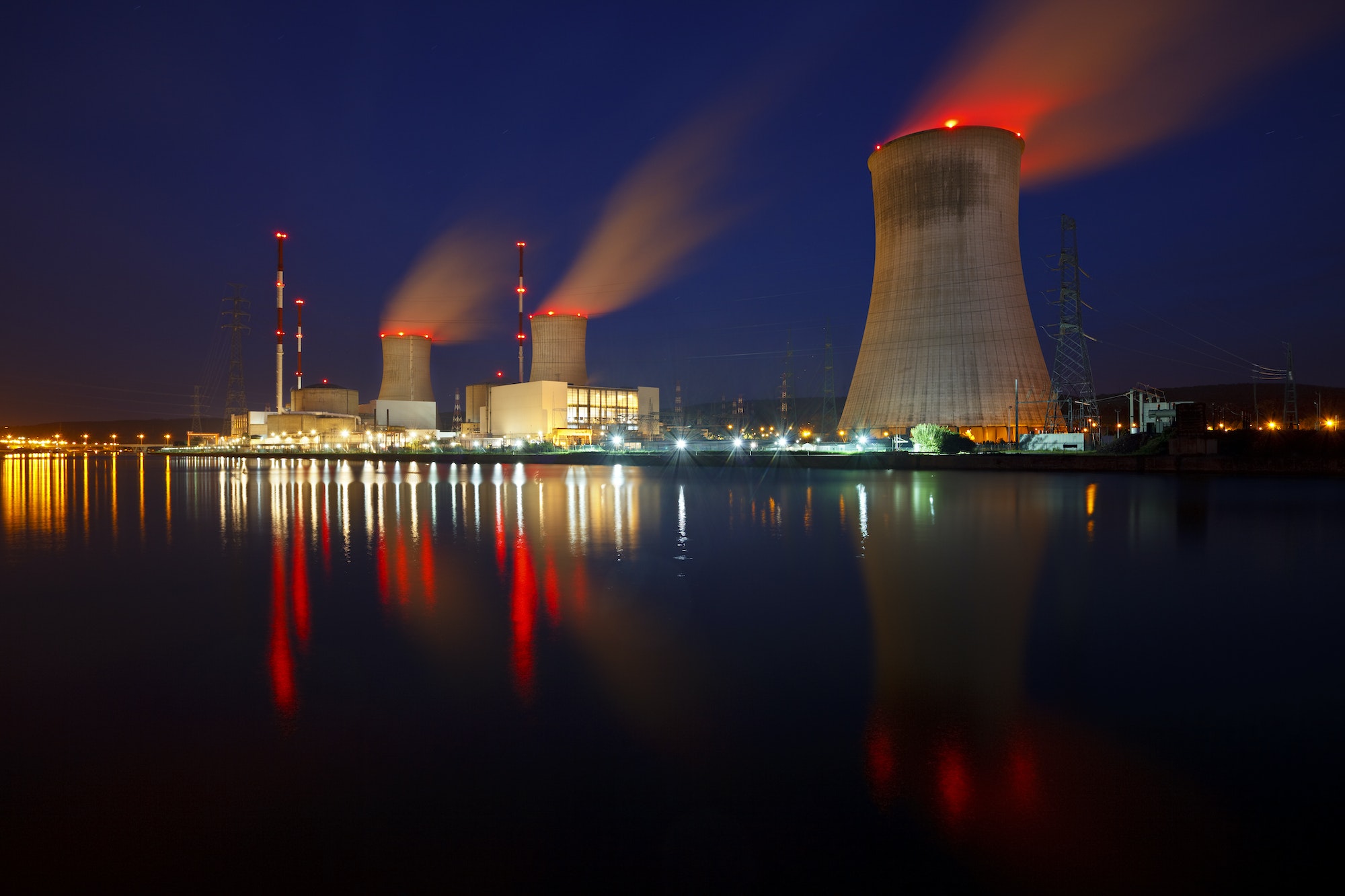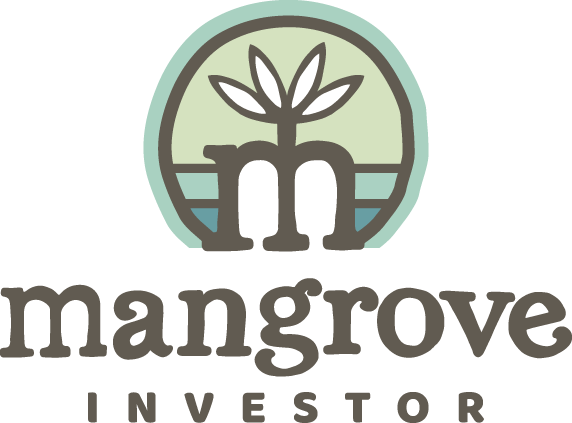

Safe Energy
Nuclear Energy Has Become the Safest Option
The “duck and cover” drills us Cold War kids grew up with were a constant reminder.
The horrors of nuclear energy were real.
We sat in class and watched documentary after documentary showing mushroom clouds followed by complete annihilation. Nuclear energy equaled bad outcomes, especially when the bad guys had them. It was the norm in those days.
If that was not enough to completely turn sentiment against nuclear energy, a series of catastrophes certainly did not help. Think of things like Three Mile Island, Chernobyl, and Fukushima. Just the names bring disaster to mind.
Even Blinky, the three eyed fish, a product of the nuclear wastewater around the fictional Springfield nuclear power plant on The Simpsons, added to the negative mystique.
It also did not help that in 1979, The China Syndrome, a fictional movie about a nuclear meltdown, came out just 12 days before the Three Mile Island disaster. How about that for an anti-nuclear advertisement.
But after decades of decline – and lots more anti-nuclear rhetoric – the outlook is on the rise.
It is not perfect, there are always two sides to a story. But nuclear energy today is far from the programs of our past.
First off, today’s nuclear plants are safer than ever. Even the events leading up to the Fukushima reactor meltdown are extremely unlikely today. The technology going into the nuclear reactors today is more like an iPhone. Meanwhile, the technology at Fukushima and others were more like rotary phones. Both could make a call, but how they got there is light years apart.
For now, we can set aside the global push for sustainable clean energy. Don’t get me wrong, nuclear energy will play a major role and helping the world down that path. But there is another factor that will drive nuclear to the forefront:
Security
The war in the Ukraine highlighted the need for energy security. Russia used its natural gas resources to sway Western Europe. That forced many countries to rethink their energy policies. Countries that had shut down their nuclear programs in years past have begun re-starting them.
And that’s having massive impacts on the nuclear energy market.
Let me turn it over to my colleague Matt Badiali to show you how:
Here is an extract from a recent Mangrove Investor New Energy Issue that highlights the shift back to nuclear energy:
Lars Rebien Sorensen is the chair of the world’s third largest fund. And he’s trying to bring nuclear power back to Denmark. Sorensen runs the Novo Nordisk Foundation.
He told Danish financial publisher Finans:
“The more I dive into it, the more components I see as being potentially relevant for the foundation and, down the line, our investment company.”

Denmark famously embraced the “Nuclear Power? No Thanks” slogan after the Russia’s Chernobyl nuclear power plant disaster:
Sorensen’s interest in nuclear power shows how far the world came on nuclear energy and uranium.
This is a massive shift in sentiment, from even a few years ago. The International Atomic Energy Agency (IAEA) used the global rise in interest in nuclear power to revise its long-term outlook.
IAEA General Director Rafael Mariano Grossi spoke at the group’s general conference in Vienna in September 2022. He summarized the state of nuclear power around the world:
Today the 430 nuclear power reactors operating in 32 countries provide approximately 386 gigawatts of installed capacity, supplying some 10% of the world’s electricity and around a quarter of all low-carbon electricity. There are 57 reactors under construction in 18 countries; these are expected to provide about 59 gigawatts of additional capacity.
The Agency believes nuclear power may double the global capacity to 873 gigawatts at the high end.
The main driver for this change in outlook is national security.
We think wind and solar power will be essential in the future. But we think these nuclear plants will be filling in the gaps on days that the sun and wind don’t cooperate.
We’ll be talking a lot more about nuclear in The Grove going forward.
For The Good,
Michael Nichols

Numbers to Know
0.03
The number of deaths per terawatt-hour (TWh) for Nuclear Energy. Would it surprise you that Nuclear Energy is at the top of the list as the safest energy source? (Our World In Data)
924
The number of megawatts of electricity (MWe) that NuScale’s small modular reactor can generate on just .05 square miles. Although not currently in production, this type of innovation will help drive the nuclear energy industry. (NuScale)
Too Many To Count
The number of days in Europe that broke the warmest temperature records in January. But Europe was not alone, here at Mangrove Investor HQ we experienced the top two hottest days on record in January as well. (CNBC)
What’s New in Sustainable Investing
Southern Co Trims Cost For Georgia Vogtle Reactors
After years of delays and budget overruns can the Georgia Vogtle reactors finally come online in 2023? (Reuters)
What’s Next for Nuclear Energy in 2023?
Here’s five things to look for in 2023 for nuclear energy. (Nuclear Energy Institute)
Video Of The Week
Why Nuclear Energy Is On The Verge Of A Renaissance
For some, nuclear power may conjure images of mushroom clouds or bring back memories of disturbing nuclear disasters like Chernobyle and Fukushima. But despite public fear around nuclear power, the technology has proved to be an emission-free, reliable way to produce large amounts of electricity on a small footprint.


